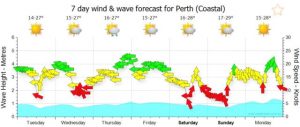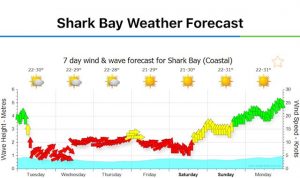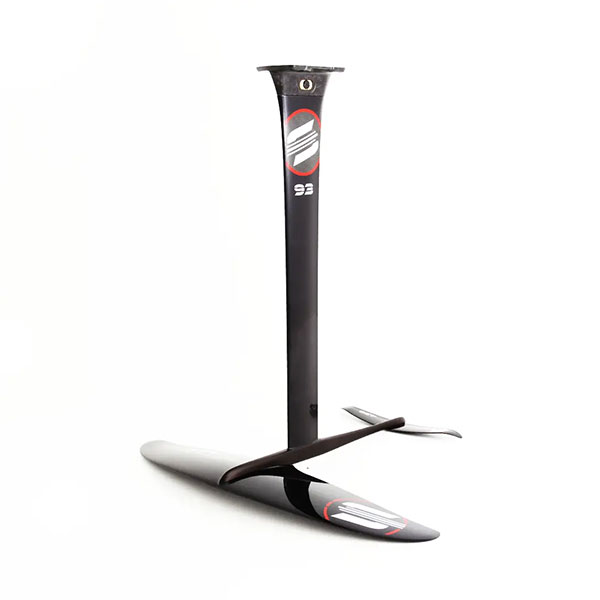LIGHTWIND KITING THE 2023 UPDATE!
LIGHTWIND KITING THE 2023 UPDATE!
As we officially reach the end of the main season here in Perth, we often get asked about what kiters can do to extend their season. There are a couple of things than can dramatically extend the ”kiteable season here in WA, and they revolve around 2 main considerations, location choice and equipment choice. So we figured it was time to bring you our LIGHTWIND KITING THE 2023 UPDATE!
As the Summer creeps inevitably into Autumn, daily Seabreezes give way to balmy afternoons and cooler nights, but having the right location and right equipment can make a difference to how much you get out.
LOCATION
Let’s cover location first. The further north you go the higher the temperature so the greater chance of a Seabreeze. In layman’s terms, during the day the land heats up quicker than ocean, hot air rises and cool air come from the ocean to ‘fill the gap’ and that’s our Seabreeze in a nut shell.
So, if the base temperature is higher the chance of a Seabreeze is greater.


Which is why a weekend in Shark Bay looks like a better choice than a weekend in Melville.
But sometimes you have to stay local and you may not have the luxury to be able to just ‘up-sticks’ and pop to Shark Bay for the weekend to get a standard SW Seabreeze. So, when its blowing easterly there is an option, you can kite on the river.
Easterly winds on the river are caused by a couple of different things. The first is a reverse of a Seabreeze, the ocean retains its heat better than the land, so as the temperature at night drops, the land cools quickly, warm air rises over the ocean and a land breeze blows easterly to once again fill the gap, This can give a strong easterly breeze in the morning which is kiteable around POINT WALTER on the river, but bear in mind that it come early and dissipates early too. The early bird catches the worm!
The other thing that can cause easterly winds is high pressure weather systems travelling across the Australian bite towards Adelaide and Melbourne. Probably the best resource to look at the effect of these weather systems is WINDY.COM, by zooming out its easier to see how the individual systems affect wind direction as everything tries to equalise and maintain equilibrium.
EQUIPMENT
As the winds start to drop off, the other thing that will influence the amount of time you spend on the water is equipment choice, size. We have written a number of articles about light wind gear, foiling as a alternative to twintips or surfboards and rather than repackaging these well link those articles here so you can read in depth.
SO LIGHT WIND KITING IS IT REALLY WORTH IT?
KITE FOILING – THE WHY, THE WHAT AND THE HOW!
Size really does matter, a bigger lighter twin tip will need less wind to get going than a smaller, and heavier one. Also, a bigger, lighter kite will fly better in less wind than a smaller, heavier one. A foil has less drag than a twin tip so will work better in lighter wind, and a foil kite has less mass than a traditional inflatable kite so will generate more power in less wind and will also relaunch in less wind.
So in summary, the general rules are for light wind kiting are as follows
Board Choice, worst to best- Standard twintip, light wind twintip, light wind carbon twin tip, aluminium foil & board, carbon foil & board
Kites Choice, worst to best – Standard Size Kite, Large Size Kite, Light wind kite, foil kite.
But hold on… there is something new which can have a profound effect of your ability to kite in low winds.
NEW MATERIALS
This is the latest innovation, and some of the new materials are having quite an impact on what is considered kiteable wind. New generation materials like Penta TX and Aluula, which are stiffer and lighter than regular Dacron, give huge increases in terms of performance.

Penta Tx developed by Duotone, gives an average weight saving of 15%,when comparing Duotone SLS vs Duotone’s Classic range of kites. This results in power being generated in the up and the
down part of the power stroke. The stiffer material also gives a more direct feeling when turning a kite. SLS is available on the Dice, the Evo and the Neo as a second construction choice from 2021, and is the only construction available for the RebeL from 2022 onwards.
Canadian company Ocean Rodeo were the first company to utilise a new material called Aluula. This very stiff and very light material reduces the weight of the average kite by 25% and 30%. This does however come at a price, a standard 9m ocean Rodeo Roam costs $2499 while the Aluula version costs $3599. Duotone became a second investor in this new material and in 2021 introduced it to their light wind range of Juice Kites, before adding Aluula versions of both the Neo and Evo in 2023.

For the light wind kites this means a kite that in larger sizes will fly in as little as 7 knots. Teaming these kites with other choices of gear like light wind twintips and foils means using a traditional inflatable in the same space that was previously only available to riders on very large race foil kites.
So if you are looking to maximise your time on the water, post normal kite season, it may be worth trying something new to get better results. If you can foil already, it’s worth trying some of the newer Sabfoil Kraken foils to see what all the Hype is about. And If you are still flying Inflatable kites, it worth demoing our 13m D-lab Juice to see what the Aluula hype is all about.



0 Comments